Michael Northrup’s latest project draws on his romantic past.
 For some of us, photos of ex-lovers and past flings are consigned to shoeboxes in dark closets or some little-visited corner of Facebook in 2012, too painful (or anger-inducing) to dwell on. For Baltimore photographer, Michael Northrup, however, they’re all in a day’s work. His third book, and the only one that’s been published across international waters, is brimming with photos of Pam, his ex-wife, and muse for twelve years. It’s a project that’s easy to sensationalise — an ex-flame, a failed romance, a love lost — but Dream Away isn’t about Pam, it’s about Northrup.
For some of us, photos of ex-lovers and past flings are consigned to shoeboxes in dark closets or some little-visited corner of Facebook in 2012, too painful (or anger-inducing) to dwell on. For Baltimore photographer, Michael Northrup, however, they’re all in a day’s work. His third book, and the only one that’s been published across international waters, is brimming with photos of Pam, his ex-wife, and muse for twelve years. It’s a project that’s easy to sensationalise — an ex-flame, a failed romance, a love lost — but Dream Away isn’t about Pam, it’s about Northrup.
Not only does Dream Away expose Northrup’s most formative years as a photographer, but it’s also the product of his enduring image-making approach and keen formal eye. “I get up every day and I take pictures that pop out to me in my day-to-day life.” It’s a technique that’s served him well since he took up photography almost 50 years ago. “I’m just walking around like an empty vessel, waiting for a situation to fill me up,” he explains candidly. And at that time, Pam was inextricably part of these everyday situations.
 He describes his work as “quirky”, for lack of a better word, but it’s one that perfectly encapsulates the wonderfully off-kilter nature of his images. “I like the open-endedness of photographs,” Northrup explains, “and capturing those moments that are just a little off balance.” It’s characteristic of the work in Dream Away, which playfully traverses the line between the intimate and the bizarre. One offbeat summer snapshot shows a pregnant Pam standing in her swimsuit, wrapped in a bright red towel, seemingly oblivious to the pile of burning tyres which exude a thick cloud of black smoke behind her. Another depicts Pam and baby lying on the grass next to a life-size cartoon skeleton, a memento mori rephrased for real life.
He describes his work as “quirky”, for lack of a better word, but it’s one that perfectly encapsulates the wonderfully off-kilter nature of his images. “I like the open-endedness of photographs,” Northrup explains, “and capturing those moments that are just a little off balance.” It’s characteristic of the work in Dream Away, which playfully traverses the line between the intimate and the bizarre. One offbeat summer snapshot shows a pregnant Pam standing in her swimsuit, wrapped in a bright red towel, seemingly oblivious to the pile of burning tyres which exude a thick cloud of black smoke behind her. Another depicts Pam and baby lying on the grass next to a life-size cartoon skeleton, a memento mori rephrased for real life.
It’s this artful knack for composition that elevates Northrup’s work so far beyond a family album. An image of Pam holding formula bottles to her lactating breasts is as much about shape and balance as it is anything else. “I see the bottles as two columns,” Northrup explains. His careful handling of faces, or lack thereof, cropped, concealed and obscured by everything from balloons to chicken carcasses, is another deliberate tool used to highlight the distinct peculiarity of his work. “I don’t want anyone to see any of my pictures and think ‘Oh there’s Bob,’” he explains — “it’s not about that, it’s about the quirkiness.” This is even true of “the Pam book” (a phrase Northrup uses happily in casual conversation, but rejected as the publication’s formal title), which is less about a person, and more about the way we, and the photographer, see her.
 Fundamentally, Northrup views his work as having a dual purpose. In one way, it echoes the snapshot movement of the ‘60s, embodying a candid casualness, a hasty in-the-moment aesthetic; in another, it plays with shifting contexts, by de- and re-contextualising fragments of his everyday. The latter approach is grounded in Evidence, a book published by Larry Sultan and Mike Mandel in the ‘70s, which comprises found imagery from American institutions, both public and private. “I learned from that book that when you pull things out of context, it really adds a whole new feeling and meaning to the work,” Northrup says. “Those two things really underline what I’m always trying to do.”
Fundamentally, Northrup views his work as having a dual purpose. In one way, it echoes the snapshot movement of the ‘60s, embodying a candid casualness, a hasty in-the-moment aesthetic; in another, it plays with shifting contexts, by de- and re-contextualising fragments of his everyday. The latter approach is grounded in Evidence, a book published by Larry Sultan and Mike Mandel in the ‘70s, which comprises found imagery from American institutions, both public and private. “I learned from that book that when you pull things out of context, it really adds a whole new feeling and meaning to the work,” Northrup says. “Those two things really underline what I’m always trying to do.”
It’s the mellifluous pairing of intimacy and oddity that gives Northrup’s work such lasting appeal. Though taken almost half a century ago, the images encapsulate a certain je-ne-sais-quoi that, in an age when images are so prolific, manages to capture our short attention spans for more than a second. It actually seems fitting, then, that Dream Away began on Instagram. “A former student of mine suggested that I get my work up there,” Northrup explains. “She said I probably had a following but didn’t know about it.” The photographer has been uploading four images a day ever since — two in the morning, two in the evening — working chronologically through his archive. It was through his feed that London publishers STANLEY/BARKER made his acquaintance, and expressed an interest in producing a book of his work. “So Dream Awaycame to be!”
The book has already garnered international attention, earning Northrup a wealth of fans from across the pond, myself included. But there’s one particular critic I couldn’t help but wonder about — Pam. “She hasn’t seen it yet,” Northrup tells me. “I’m 70 years old, and I just thought, ‘I’m gonna do this book, I’mma do it clean, the way it needs to be done’ — if she likes it that would make me immensely happy, and if she doesn’t, that’s her problem.”










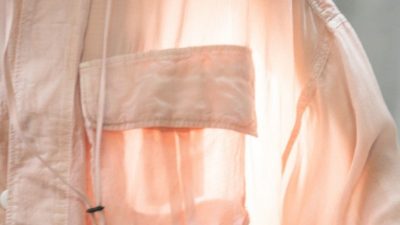
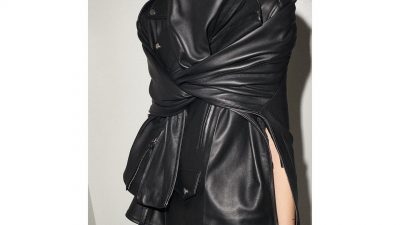
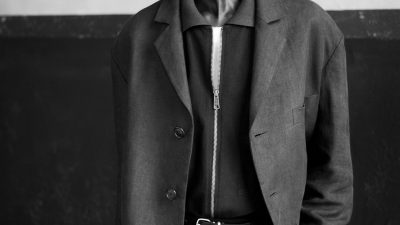

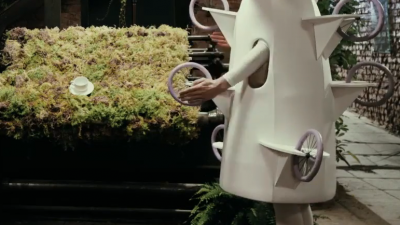
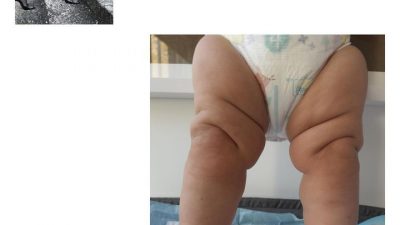
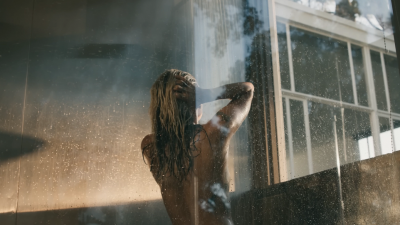
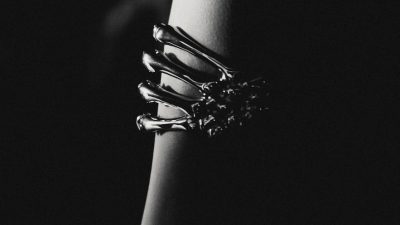
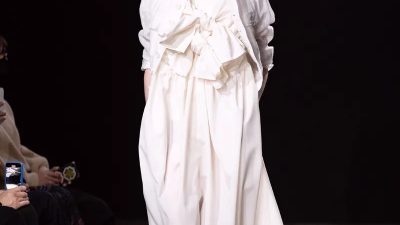

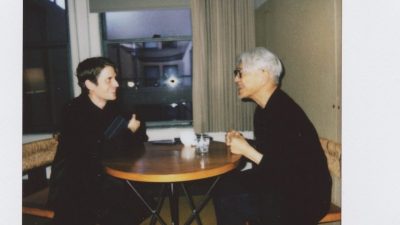


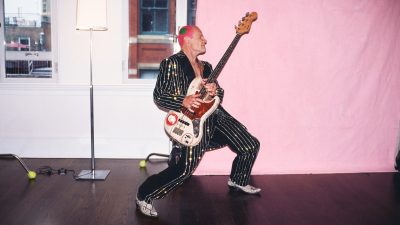
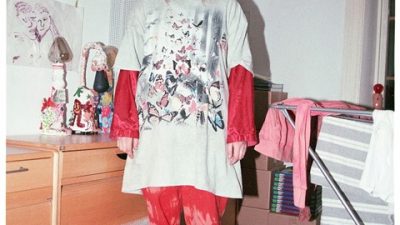
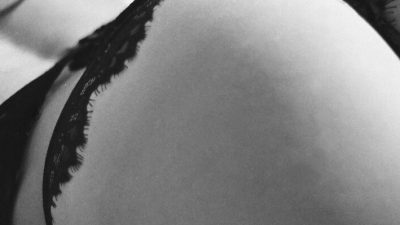
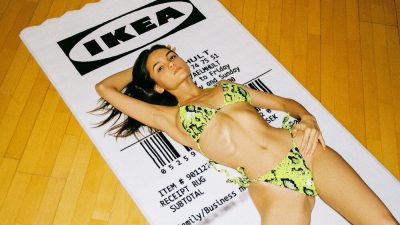
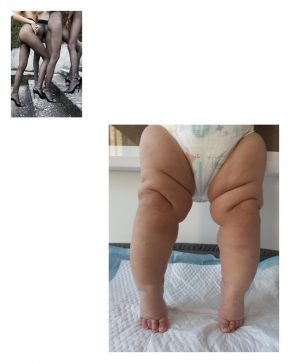
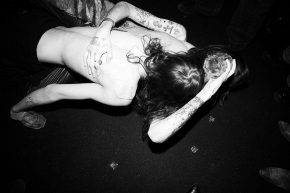
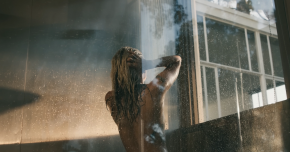
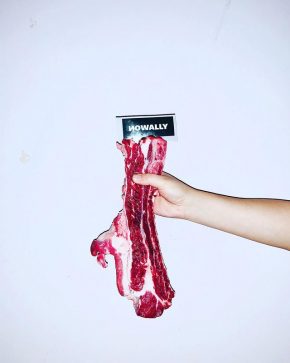
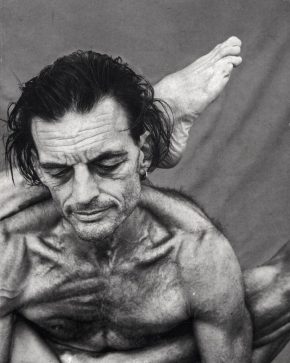
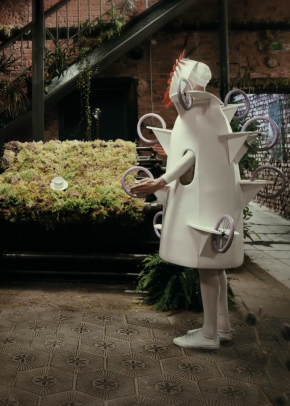
Comments